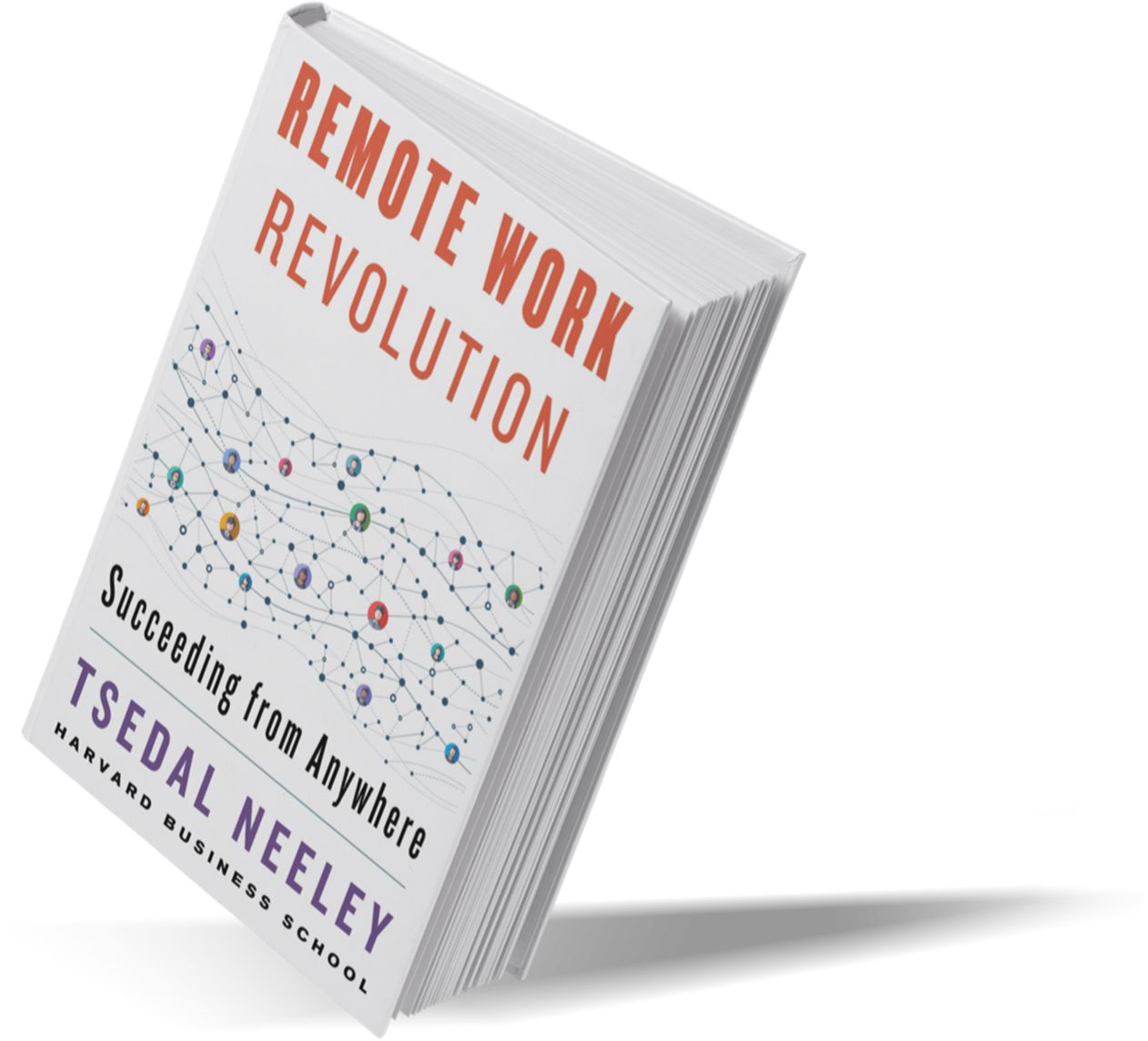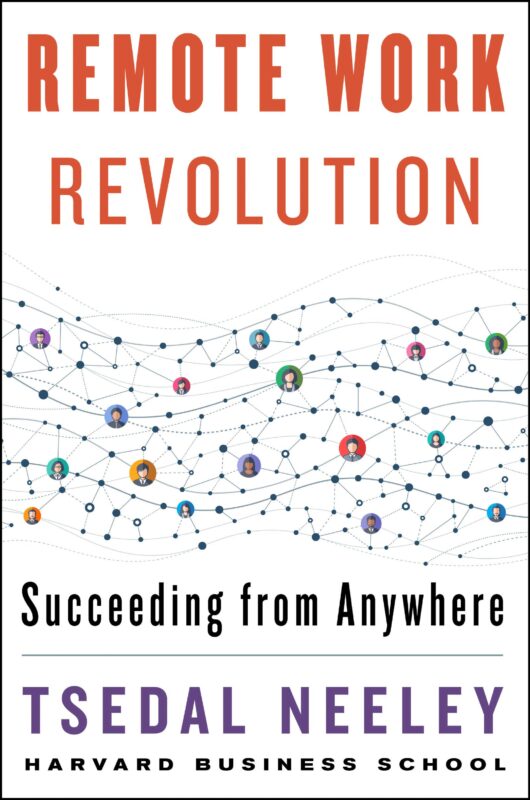The Remote Work Revolution: How the Future of Work is Evolving
The remote work revolution has completely transformed the way we think about work. While it was once a fringe benefit for a few, remote work has become a central part of our professional lives, impacting businesses and employees around the world. In this article, we will delve into the factors driving the remote work trend, its benefits, challenges, and the future of remote work as we know it.

Remote work is reshaping the modern workplace and how we think about our careers.
1. The Rise of Remote Work: A Global Shift
The shift towards remote work has accelerated over the past few years, with the COVID-19 pandemic acting as a major catalyst. During the height of the pandemic, millions of people worldwide suddenly found themselves working from home. As a result, companies and employees had to rapidly adapt to new technologies and ways of working.
According to a report from McKinsey & Company, remote work was adopted by 84% of organizations globally during the pandemic, and this trend has shown no signs of slowing down. The pandemic revealed that many jobs could be done effectively from home, challenging long-standing assumptions about where and how work should be performed.
Key Drivers of the Remote Work Revolution:
- Technology: Advances in cloud computing, collaboration tools, and high-speed internet have made it easier than ever to work from anywhere in the world.
- Work-Life Balance: Employees are increasingly seeking flexibility, with remote work offering the freedom to balance personal and professional lives more effectively.
- Cost Efficiency: Businesses are saving on overhead costs, such as office space, utilities, and commuting allowances, by embracing remote work models.
- Talent Acquisition: With remote work, companies are no longer restricted to hiring talent from their local area. Instead, they can tap into a global talent pool, enabling them to hire the best candidates regardless of geographic location.
The shift to remote work isn’t just a temporary change; it’s a fundamental transformation in how businesses operate and how employees approach their careers.
2. Benefits of Remote Work
Remote work offers a multitude of benefits for both employers and employees. The flexibility to work from home or anywhere else not only improves work-life balance but also boosts productivity and job satisfaction.
For Employees:
- Flexibility and Autonomy: Remote work provides employees with the ability to set their own hours and work from anywhere, leading to better control over their schedules.
- Reduced Commuting Time: Without the need to commute to an office, employees can reclaim hours of their day, reducing stress and increasing productivity.
- Better Work-Life Balance: Remote work allows employees to manage personal commitments, like caring for children or attending appointments, without sacrificing their professional responsibilities.
- Increased Job Satisfaction: According to a survey by Buffer, 32% of remote workers report that they are happier in their jobs due to the flexibility and freedom remote work provides.
For Employers:
- Cost Savings: Remote work reduces the need for office space, utilities, and other operational costs. Companies can save significantly on real estate and office maintenance.
- Access to a Global Talent Pool: Remote work opens up opportunities for businesses to hire top talent from anywhere in the world, without geographical limitations.
- Increased Productivity: Many employees report higher productivity levels when working remotely, as they can focus without the distractions typically found in traditional office environments.

Remote work allows employees to be more productive while offering a better work-life balance.
3. Challenges of Remote Work
While remote work has many advantages, it also comes with its own set of challenges. Businesses and employees need to be proactive in addressing these issues to ensure that remote work remains a sustainable model.
For Employees:
- Isolation and Loneliness: Without daily interactions with colleagues, some remote workers may experience feelings of isolation. Loneliness can impact mental health and decrease motivation.
- Work-Life Boundaries: While remote work offers flexibility, it can blur the lines between personal and professional life. Many remote workers struggle to “switch off” after work hours, leading to burnout.
- Communication Challenges: Remote work relies heavily on digital communication tools, and miscommunication can occur when tone or context is lost in virtual interactions.
- Lack of Career Advancement: Some remote workers may feel disconnected from their company’s culture and miss out on opportunities for career growth and promotions due to physical distance from the office.
For Employers:
- Managing Remote Teams: Leading a remote team requires a different set of skills compared to managing employees in an office. Leaders must ensure that remote workers remain engaged, motivated, and productive.
- Technology and Security: With employees working from home, businesses must invest in the right collaboration tools and ensure their systems are secure to protect sensitive data.
- Maintaining Company Culture: Remote work can make it harder to build and maintain a strong company culture. Companies need to create intentional opportunities for team bonding and social interaction.
4. Best Practices for Successful Remote Work
To overcome the challenges and maximize the benefits of remote work, companies and employees should adopt best practices that foster productivity, well-being, and a healthy work culture.
For Employees:
- Create a Dedicated Workspace: Establishing a quiet, distraction-free area for work can help improve focus and productivity.
- Set a Routine: Stick to a consistent schedule to maintain a sense of normalcy and help separate work time from personal time.
- Communicate Effectively: Regularly check in with colleagues and supervisors to stay aligned on projects and goals. Utilize tools like Slack, Zoom, and Microsoft Teams for communication.
- Take Breaks: Incorporate regular breaks into your schedule to avoid burnout. Stand up, stretch, or take a walk to refresh your mind.
- Practice Self-Care: Make time for exercise, hobbies, and relaxation to maintain mental health and avoid burnout.
For Employers:
- Invest in the Right Technology: Provide employees with the necessary tools to work remotely, including laptops, software, and collaboration platforms.
- Foster a Culture of Trust: Remote work requires trust between employers and employees. Focus on results, not micromanagement.
- Prioritize Communication: Set clear expectations around communication and availability, and encourage regular check-ins with team members.
- Support Mental Health: Offer resources and support for mental health, such as access to counseling services or wellness programs, to help employees manage stress.
5. The Future of Remote Work
The future of remote work is promising, with more companies recognizing the value of offering flexible work arrangements. Hybrid work models—a combination of remote and in-office work—are expected to become more common as businesses balance the need for collaboration with the desire for flexibility.
Trends Shaping the Future of Remote Work:
- Hybrid Work Models: Many businesses are adopting hybrid models that allow employees to work from home part of the week and collaborate in-person the rest of the time.
- Increased Use of Collaboration Tools: As remote work becomes more prevalent, businesses will continue to invest in tools that facilitate collaboration, such as Zoom, Trello, Slack, and Asana.
- Focus on Employee Experience: Companies will place greater emphasis on improving the remote employee experience, ensuring that employees feel supported and connected even when working from a distance.
- Global Talent Acquisition: With remote work offering greater flexibility, businesses will have the opportunity to tap into talent pools from across the globe, breaking down geographical barriers.
The future of remote work involves a mix of flexible, hybrid work arrangements.
6. FAQs about the Remote Work Revolution
Q1: How can remote work improve work-life balance?
Remote work allows employees to set their own schedules, eliminate long commutes, and balance personal commitments with work responsibilities, leading to a better work-life balance.
Q2: What are the key challenges of remote work?
Challenges include isolation, blurred work-life boundaries, communication issues, and difficulty maintaining company culture. These can be addressed through effective communication and intentional team-building efforts.
Q3: Will remote work continue after the pandemic?
Yes, remote work is expected to continue as a permanent option for many businesses. The pandemic has shown that remote work can be just as effective as traditional office work for many employees.
7. Conclusion
The remote work revolution has already changed the professional landscape, and its impact will only grow in the years to come. By embracing flexibility, adopting the right technologies, and prioritizing communication and well-being, both employers and employees can thrive in this new era of work. Whether remote, hybrid, or in-office, the future of work will require a balance of innovation, empathy, and strategic thinking.
To explore more about the evolution of work and how businesses are adapting, check
out these insightful articles on Harvard Business Review and Forbes.


